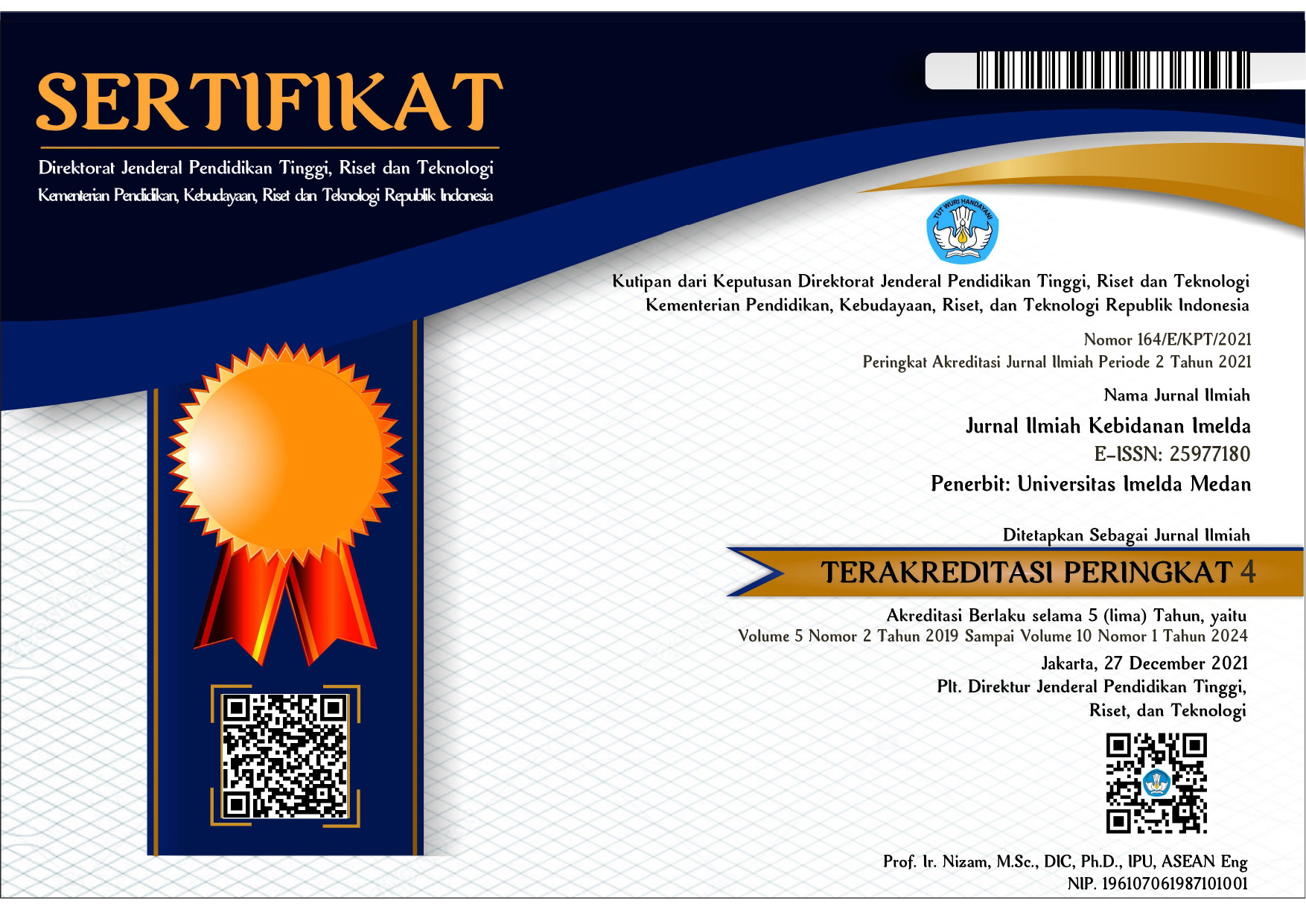PENGARUH ISOFLAVON KEDELAI TERHADAP JUMLAH KECEPATAN DAN MORFOLOGI SPERMATOZOA TIKUS PUTIH JANTAN (RATTUS NORVEGICUS)
Keywords:
Soy Isoflavones; Quantity; Speed; Morphology; Spermatozoa.Abstract
The cases of infertility have increased since several years. Many experts ensure the rate of infertility has increased up to 15-20 percent of the approximately 50 million couples in Indonesia. In fact, it is currently known that the abnormalities also happen to men contributed 30% and 20% due to the abnormalities of both couples. Recent study shows that the possible cause of infertility is the negative effect of plant on the reproductive function, one of which is the plant containing fitostrogen. Fitostrogen can disturb the balance of the hormonal system of animals and humans. Soy Isoflavones is one group of phytoestrogens. The mechanism of biological action of estrogen acts as an estrogen agonist or antagonist. Isoflavones acts antagonistic when estrogen level is high, whereas isoflavones is agonists when estrogen level is low. This study aims at finding out the effect of soy isoflavones given on the quantity, speed and spermatozoa morphology of male white rats (Rattus norvegicus). This research approach is post test only control group design, treated to the male white rats weighing 150-250 gr. The sample consisted of 25 rats, which were divided into 5 groups: control group (K), treatment group of P1, P2, P3 and P4. The treatment groups were orally given a dose of isoflavones for each, 1.26mg/200grbb/day, 2.52mg/200grbb/day, 3.78mg/200grbb/day and 5.04mg/200grbb/day for 48 days. After 48 days of treatment, the rats were slaughtered and the quantity, speed and morphology spermatozoa were examined. Then, the results were analyzed by using One Way ANOVA and continued by multiple comparison test typed Bonferroni. The result of ANOVA test shows the average decrease of quantity and speed of white male rats (Rattus norvegicus) start from group P1,P2,P3 and P4 compared with control group which is p value 0,001 (p<0,05). Then there is an average increase of abnormal spermatozoa of white male rats (Rattus norvegicus) which is p value 0,001 (p<0,005). From the results, it is concluded that there is significant effect of soybean isoflavones to the decrease of white male rats (Rattus noevegicus) spermatozoa quantity and speed also the increase of its abnormal spermatozoa morphology male white rats (Rattus norvegicus).










